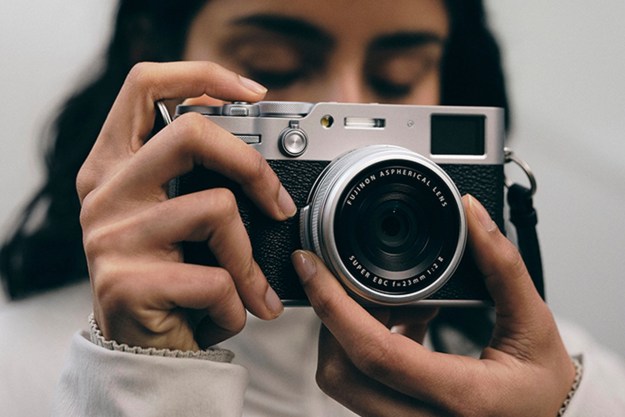Flash photography can be a mystery, but when done correctly, it can also add character and depth to an image that otherwise wouldn’t be possible. One of the more mysterious flash technologies is called high-speed sync (HSS), which may as well be magic — but this is one trick you can master.
HSS enables the use of flash at very high shutter speeds (up to whatever a camera’s fastest setting is). This comes in handy for outdoor portraits, when a shallow depth of field is desired, thus necessitating a fast shutter speed.
The effect is nicely demonstrated in the above video by Chicago-based photographer Manuel Ortiz (via PetaPixel). This demonstration works well because Ortiz focuses not on the usual difference of flash versus no flash, but specifically on HSS flash versus non-HSS flash. Without HSS, his shutter speed is limited to 1/250 of a second, so he compensates by stopping down the aperture which has the effect of increasing depth of field (his ISO is already at the lowest setting). With HSS, however, there is no such shutter speed limitation, and thus Ortiz is able to shoot at 1/4,000 of a second to enable the maximum aperture of f/1.4.
The indirect effect of HSS, therefore, is a shallow depth of field, which pulls the subject out from the background. But you may be wondering: Why is shooting above 1/250 of a second intrinsically different than shooting at a slower speed when it comes to flash? To understand that, one first has to understand how a focal plane shutter works (that’s the type of shutter used in DSLRs and mirrorless cameras).
A focal plane shutter has two parts: a front (or first) curtain and a rear (or second) curtain. The front curtain drops to begin the exposure, and the rear curtain follows it to end the exposure. Every camera has what’s called a “maximum sync speed” (usually either 1/200 or 1/250 of a second) that is the fastest shutter speed available to use with a non-HSS flash. Above this speed, the rear curtain begins closing before the front curtain has exposed the entire sensor, so the shutter becomes more like a scanner, passing a bar of light over the sensor. (If it helps to have a visual, this process is illustrated very well on Fstoppers.)
That’s a problem for a standard flash, which shines a burst of light that often lasts 1/1,000 of a second or less. At a high shutter speed, that won’t be enough to light the entire frame, as at any given moment, the shutter curtains are blocking part of the sensor. HSS gets around this problem by pulsing the flash extremely quickly over the entire duration of the shutter movement. In essence, a flash in HSS mode behaves more like a constant light.
The downside of HSS is that extending the duration of a flash reduces its maximum output power, which can be a problem if you’re trying to overpower the sun or use a large light modifier. HSS is a standard feature of most first-party external flashes, like those from Sony, Canon, and Nikon, but is also included in some high-end studio lights. The Flashpoint Xplor 600 TTL that Ortiz uses in the video offers significantly more power than a Sony flash, and thus is more flexible when it comes to high-speed sync.
Editors' Recommendations
- 7 cameras that revolutionized photography and changed how we take pictures
- What is a DSLR camera and how is it different from mirrorless?




